Northwest Angle
America's silhouette includes 100 square miles of wilderness jutting into Canada thanks to an old mapmaking error.
Surrounded on all sides by water and Canada, Minnesota’s Northwest Angle is home to just 119 residents. Yet this small spit of land, which locals call “the Angle,” makes a most prominent mark on U.S. geography.
It all started with the Treaty of Paris in 1783, when the formal boundaries of a fledgling America were set forth. Unfortunately, officials had no idea they were using a “geographic impossibility” as one of the markers of note. The map Benjamin Franklin and crew had on hand during negotiations was called the “Mitchell Map,” in which John Mitchell misattributed the source of the Mississippi River as being at the edge of Lake of the Woods. Only after further expeditions was Mitchell’s error discovered and rectified on paper.
Alas, the extremely long, very straight national border had already been established, and officials were more willing to change their maps than the wording of the original agreement. Subsequent treaties dealt with this miscalculation by having the boundary continue due south from the northwest point of Lake of the Woods back to the 49th parallel, then westward along it. In the process, these “corrections” created the Northwest Angle – the thumb that can be seen protruding from the top of Minnesota, known for being the only area north of the 49th parallel in the contiguous United States.
The Angle continues to remain an incredible outpost of wilderness to this day. Nearly 80% of the Angle itself is water. Meanwhile the land – 70% of which is held in a trust by the Red Lake Indian Reservation – is primarily undeveloped forest. Contained therein are several islands and a second, smaller cape extending from Manitoba. Though occasionally residents express a desire to secede from the U.S., mostly Angleites exist in a sort of wild tranquility, replete with a still used one-room schoolhouse.
There are just two ways of reaching this remote outpost of America. Counterintuitively, the easiest route is to traverse the enormousness that is Lake of the Woods. Depending on the season, the vehicle of choice is either car-by-way-of-ice-road or a float plane; the latter delivers passengers and provisions from the mainland to a privately operated airport in the Angle, and the former allows one to never exit the country.
The most absurd way of getting to the Angle seems fitting, in a way. To drive overland from one part of Minnesota to another, visitors must check out of the United States and into Canada at the border station where MN Highway 313 meets Manitoba’s Provincial Road 12. From there, one continues driving to the Angle where reentry to the U.S. occurs on a gravel road with an unmanned border station. Not one to skip customs, even in the absence of anyone to file the paperwork, both the U.S. and Canadian governments require all parties to place a call of declaration from one of three space-age videophones posted there in the woods.
In sum: taking a car to this endearing outpost born of error requires two border crossings each way, only one of which is manned, and none of which are to be trifled with.
Community Contributors
Added by
Edited by
Plan Your Trip
The Atlas Obscura Podcast is Back!



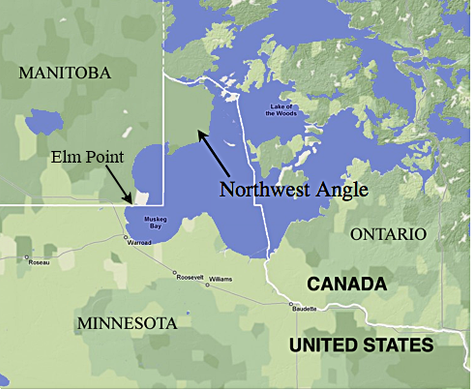
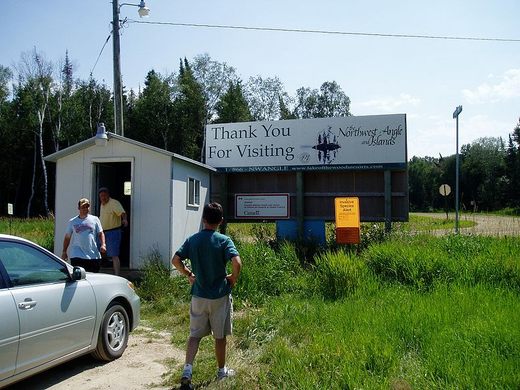

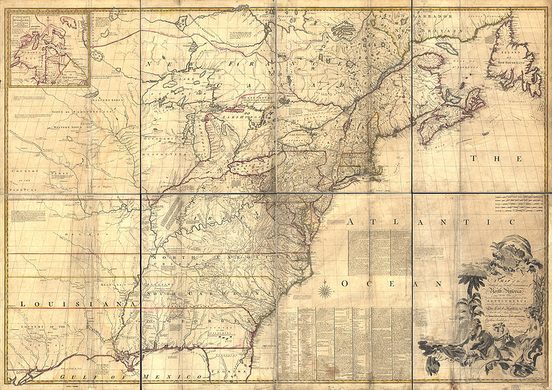

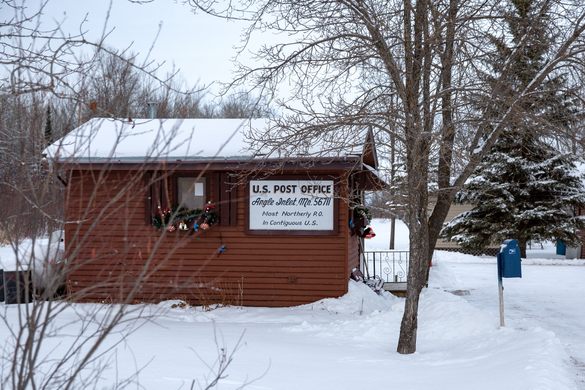
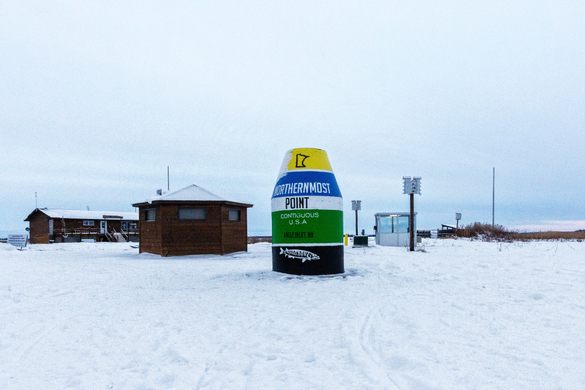










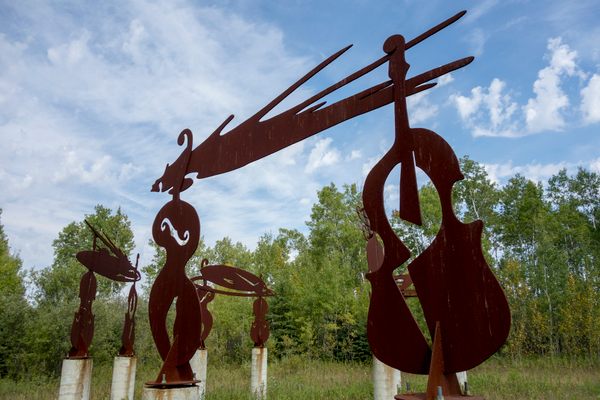
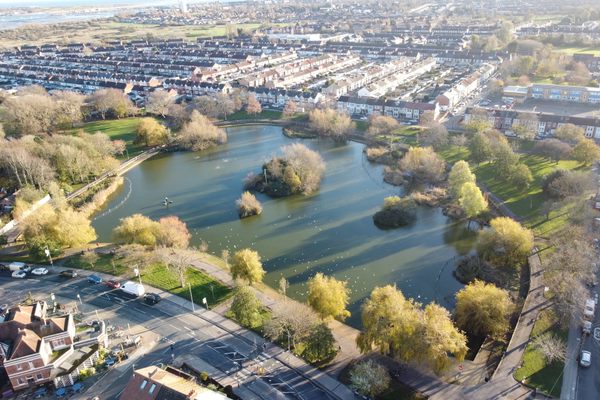
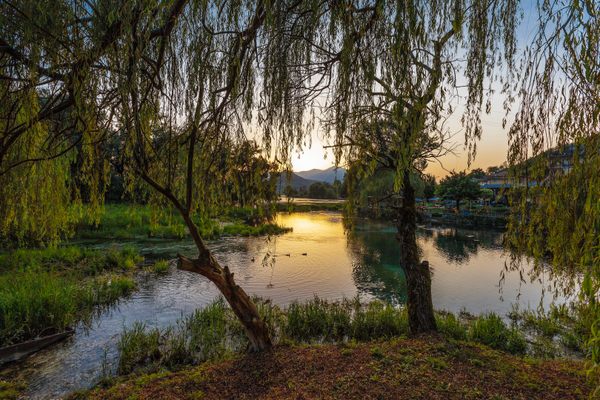

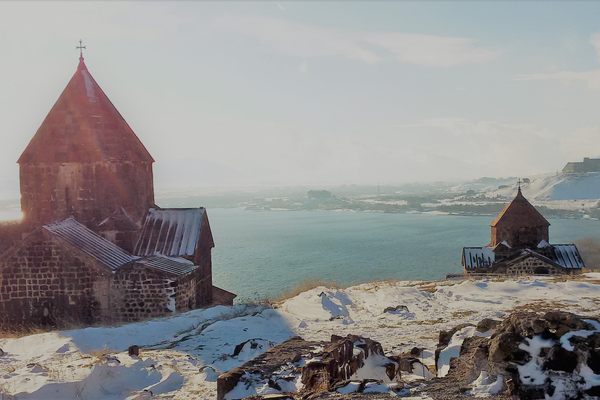

Follow us on Twitter to get the latest on the world's hidden wonders.
Like us on Facebook to get the latest on the world's hidden wonders.
Follow us on Twitter Like us on Facebook